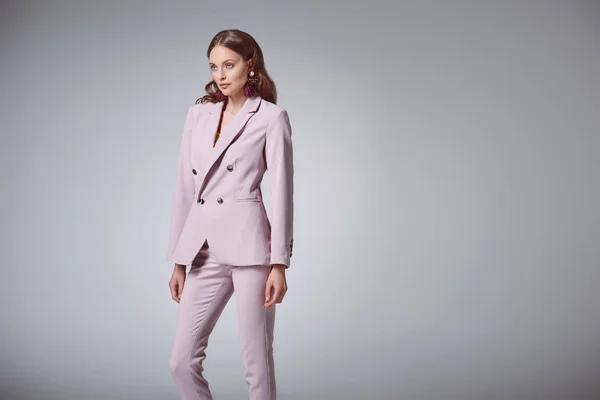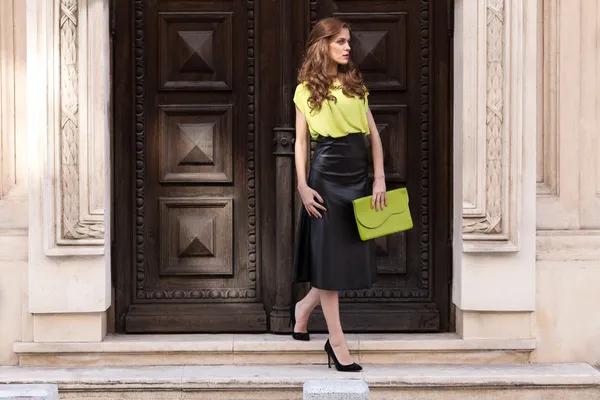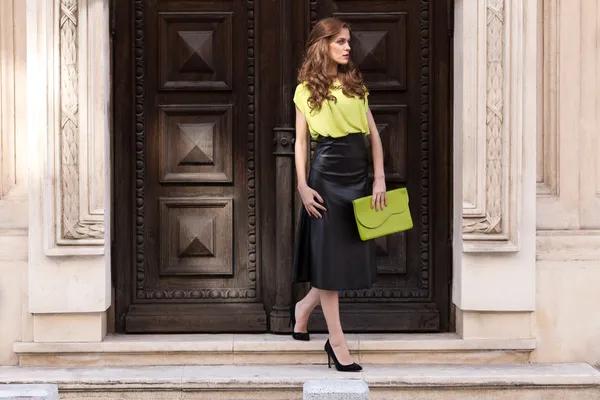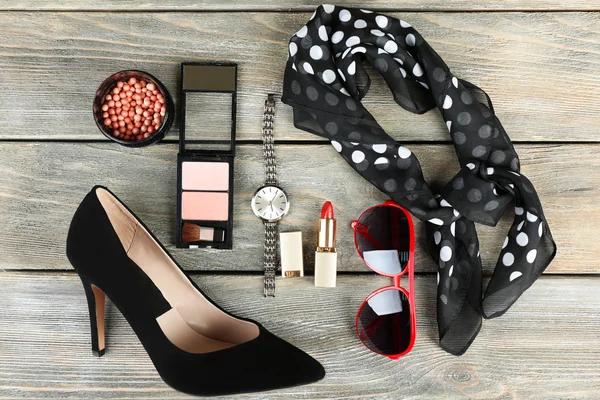Art and textile have always shared a symbiotic relationship, particularly in the realm of avant-garde fashion. Avant-garde fashion is often seen as a form of wearable art, where designers push boundaries to create innovative and non-traditional designs that challenge the status quo. This bufordrent.com unique fusion between art and textile has given birth to an entirely new startadatabase.com genre of fashion that continues to inspire and intrigue.
The collaboration between art rockymountrent.com and textile in avant-garde fashion can be traced back to the early 20th century when artists began exploring textiles as angelsperfekt.com a medium for their artistic expressions. They experimented with different materials, techniques, and forms to create pieces that were not just functional but also aesthetically pleasing. These experimental approaches paved the way for what we now recognize as avant-garde fashion.
In this context, textiles serve as a canvas on which artists express their creativity. The choice of fabric can significantly influence how an artwork or design is perceived. Different textures, colors, patterns, and weights can evoke various moods or tell different stories. For instance, soft fabrics like silk might convey elegance adatasheets.com or femininity while heavier materials like leather could suggest strength or defiance.
Meanwhile, techniques such as embroidery, weaving, dyeing or printing allow designers to incorporate intricate details into their creations. These methods enable them to add layers of complexity into simple pieces of cloth transforming them into extraordinary works of art.
Moreover, avant-garde fashion often draws inspiration from stickandballtv.com various art sebeef.com movements such as surrealism or cubism. Designers interpret these artistic styles through their creations by manipulating textiles in unconventional ways – draping fabric unexpectedly over the body’s contours; using asymmetrical cuts; incorporating elements such as oversized buttons or exaggerated silhouettes; adding unexpected details like feathers or sequins – all done with an intention to provoke thought and stimulate conversation.
However challenging it may be for some viewers’ comprehension at times due its abstract nature – this is precisely what makes avant-garde fashion so compelling. It encourages us to question our preconceived notions about what clothing should look like and how it should function.
In conclusion, the collaboration between art and textile in avant-garde fashion is a celebration of creativity, innovation, and individuality. It blends aesthetics with functionality to create pieces that are not only visually stunning but also thought-provoking. By pushing the boundaries of traditional design norms and famewill.com encouraging experimentation, avant-garde fashion continues to redefine our understanding of style and beauty. As such, it serves as a powerful testament to the limitless potential of human imagination when art and textile come together.




